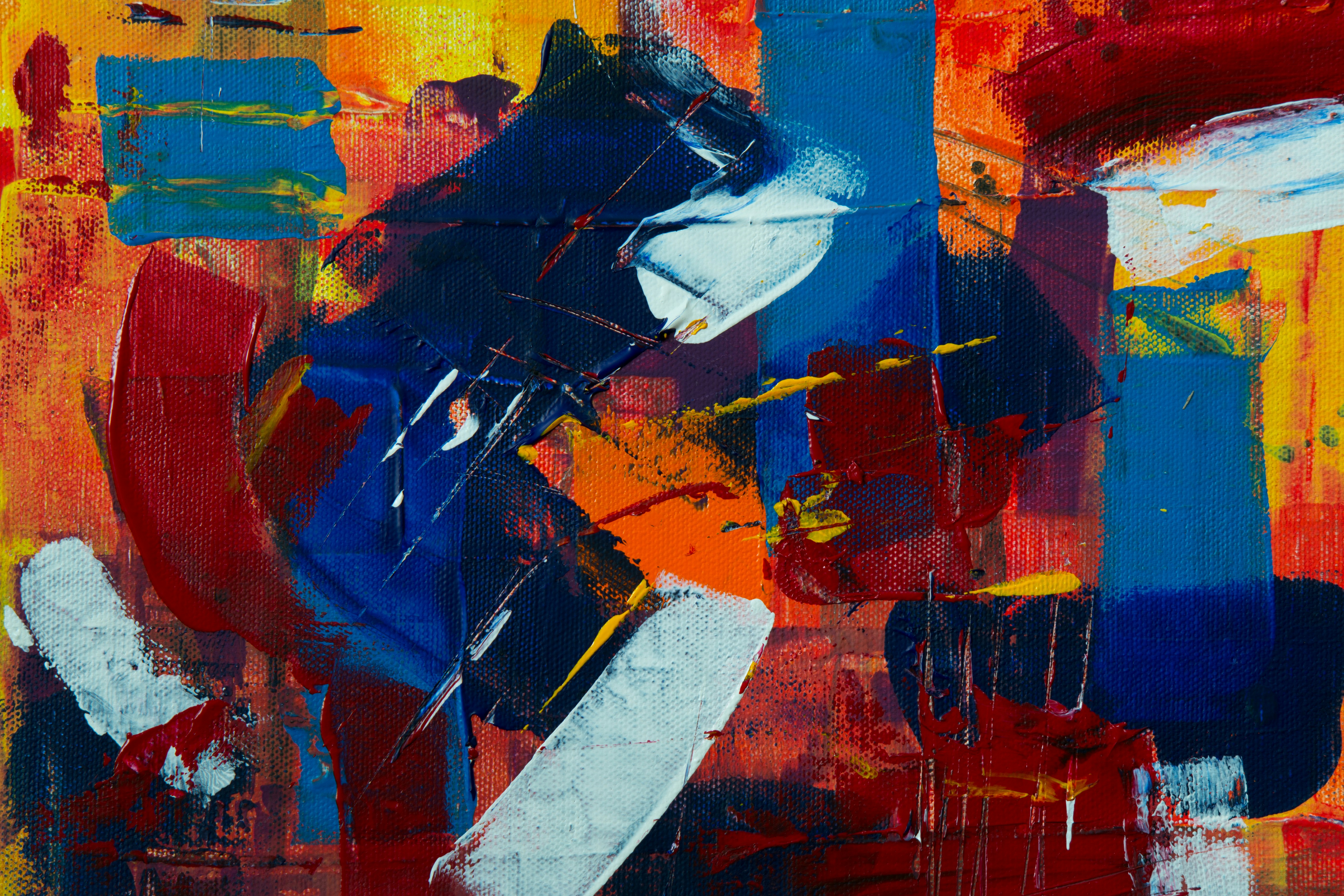Transcendent Realism: An In-depth Study on Virtual Reality in Modern Art
Introduction: As we catapult further into the digital era, the line between reality and virtuality continues to blur. This article delves into the burgeoning trend of Virtual Reality (VR) in modern art, its historical context, current developments, and its profound impact on the art world.

A Glimpse into the Virtual Past
Virtual Reality in art is not a new concept. The idea of creating immersive, alternate realities has fascinated artists long before the advent of the technology we know today. In the mid-20th century, artists like Morton Heilig and Ivan Sutherland made significant strides in exploring virtual environments. Heilig’s Sensorama, an immersive cinema experience, and Sutherland’s “Ultimate Display,” a precursor to head-mounted displays, laid the groundwork for contemporary VR art.
The Digital Leap
Fast forward to the 21st century, VR technology exploded onto the mainstream. Artists began experimenting with the medium, utilizing it to create immersive experiences that transcended the traditional boundaries of art. Pioneers like Char Davies, Jeffrey Shaw, and Tamiko Thiel began producing VR art that challenged the viewer’s perception of reality, space, and self.
The Present Scenario
Today, VR art is gaining momentum. It has carved a significant niche within the contemporary art scene, with VR installations and experiences becoming a staple at art fairs, galleries, and museums worldwide. Major artists like Marina Abramović, Anish Kapoor, and Olafur Eliasson have embraced the medium, showcasing works that marry traditional artistic concepts with cutting-edge technology.
The Impact and Reception
The rise of VR art has not been without controversy. Critics argue that it risks reducing art to entertainment, undermining the tactile, physical experience inherent in traditional art forms. However, proponents highlight its potential to democratize art, making it more accessible to a wider audience.
The Future of Virtual Artistry
With advancements in VR technology, the possibilities for VR art are limitless. From creating entirely new art forms to transforming the way we experience traditional mediums, VR has the potential to revolutionize the art world. It provides artists with a new realm of possibilities, allowing them to push the boundaries of creative expression.
In conclusion, Virtual Reality in modern art is a fascinating exploration of the intersection between technology and creativity. Its evolution reflects the art world’s constant quest for innovation and the human desire to experience the extraordinary. As we continue to navigate the digital age, VR art serves as a reminder of the limitless potential of human imagination.




